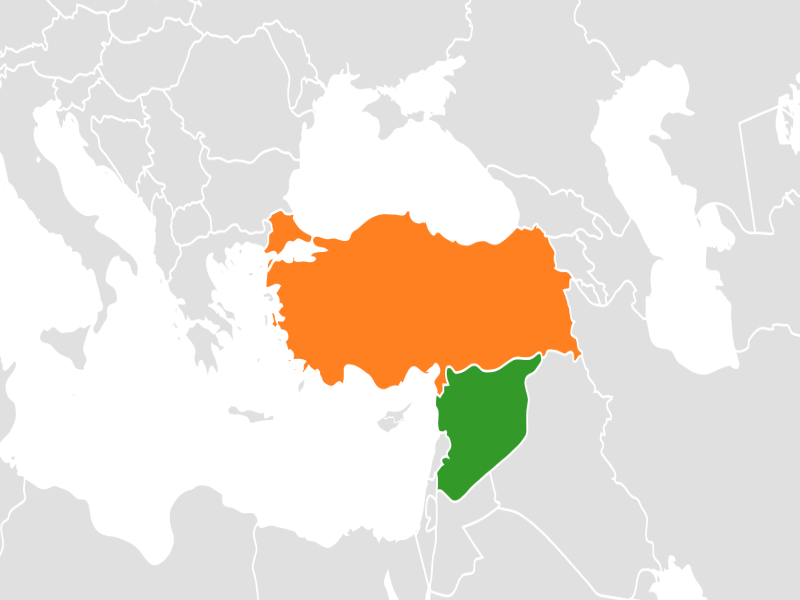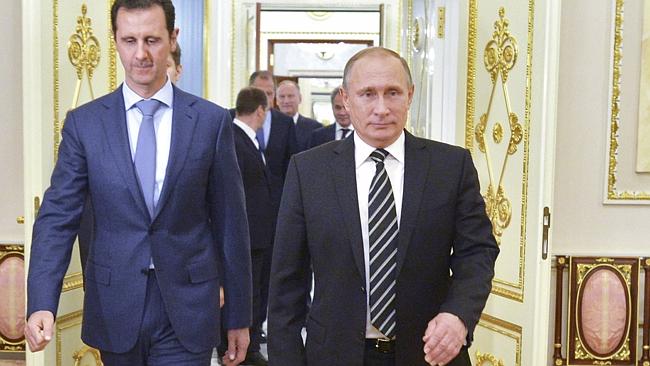Up until recent events, the threat perception regarding terrorism in Canada has been low, with the majority of Canadians indicating that they did not worry about terrorism. The last major attack involving Canadian citizens took place almost thirty years ago, in which Sikh extremists killed 329 people on an Air India flight, most of whom were Canadian citizens. In October 2014, however, a lone gunman stormed Parliament Hill, killing Corporal Nathan Cirillo near the National War Memorial. Two days before the attack, another man deliberately drove his car into a group of Canadian soldiers in Quebec, killing one and injuring others. Both men were identified by authorities as radicalized Muslim converts.
It is now estimated that there are between 70 and 150 Canadians in Syria. In a recent, chilling video from the self proclaimed Islamic State in Iraq and the Levant (ISIL), an Ottawa man named John Maguire called on Canadians to travel to Syria or carry out domestic terror attacks. He attempted to appeal to Canadian sentiments by urging: “I was one of you. I was a typical Canadian. I spent my teenage years on the hockey rink and on stage playing guitar.”
Recently, the Royal United Services Institute (RUSI) released an insightful paper describing the phenomenon of ‘lone wolf’ terrorism and the role of community policing in preventing such actions. Researchers had conducted fifty interviews with law enforcement officials, government practitioners, community representatives, religious authorities, and academics from several major Canadian cities. According to interviews, lone-actor terrorism is a concern because it is less likely to be discovered by a traditional investigation, as opposed to a plot organized by a group or network which tends to set off ‘red flags’, such as contact with known extremists. Researchers McCauley and Moskalenko have identified characteristics of lone-actor extremists which include depression, grievance, personal crisis, and history of weapons use outside the military. The Internet can, indeed, act as a support structure for these extremists, offering them the networks, guidance, and group acceptance that they crave.
As such, RUSI’s recent report convincingly suggests that community-based approaches to policing are an effective way to prevent lone-actor terrorist attacks. Community-based policing believes that by reinforcing a community’s cohesion and resilience, terrorism can be prevented. By building trust between police officers and the community, law-enforcement agencies can rely on members of the community to report suspicious individuals and activities. A successful approach would involve formal structures aimed to facilitate trust between community leaders and police, community involvement and support in the implementation and evaluation of policies, and counter-terrorism approaches being emphasized in relation to promoting community safety. Given the extremely positive image of the “mounties” in the public sphere, the RCMP is well positioned to engage in effective community policing.
One success story is Project Smooth, in which a joint operation between the RCMP and the FBI was launched to foil a two-man plot to derail a train between New York and Toronto. In the media, the men were repeatedly classified as ‘lone actors’; although it remains unknown to what extent the pair organized the attack alone. A local imam, Naseer Syed, alerted law enforcement officials to the plot leading to the pair’s arrest in April 2013. In their trial earlier this month, the evidence against the two men proved overwhelming, with Crown prosecutor emphasizing that the pair intended to carry out more than one attack: “It’s a general conspiracy to murder persons unknown until Canadian troops leave Muslim lands.” Immediately following the arrests, and before notification of the press, the details were announced to a community committee in Montreal made up of leaders, religious figures, and other members, who were given as much detail as possible by the police. This joint RCMP-FBI operation is touted as a success story of effective community engagement and illustrates the effectiveness of community-outreach initiatives.
According to the same report, one prominent barrier to success is that community engagement is not widely perceived as an attractive or prestigious field and is often overshadowed by high-profile arrests. To offset this impression, measures should be taken to address this perception in law enforcement such that preventative community outreach measures receive the same level of respect. Another key suggestion that RUSI put forth was that the RCMP should develop an evidence database of lone-actor cases, in order to turn anecdotal hearsay into concrete and centralized knowledge and build a more comprehensive view of the lone actor phenomenon by centralizing information from all fifteen RCMP divisions.
Another challenge involves strategic direction and coordination. In 2013-14, it was surprising that staff at RCMP headquarters were planning their own community-outreach initiatives without sharing this information with the Integrated National Security Enforcement Teams (INSETs). INSETs are special designated law enforcement officials who seek to increase police capacity to collect, share, and analyze intelligence among partners as well as enhance preventative measures against possible terrorism. Despite falling police budgets, clear structures should be put in place for INSET community engagement officers to network, share information, and exchange effective practices on a formal and continued basis both with RCMP Headquarters and with each other.
In the wake of the Parliament Hill shootings, RCMP Commissioner Bob Paulson stated that radicalized ‘lone wolf’ gunmen represent “a much more challenging threat” for police authorities. Former Assistant Director of CSIS, Andy Ellis, agrees with this sentiment, emphasizing: “we must keep in mind the lone-wolf or stray-dog threat … these lone actors are some of the hardest to detect and investigate.” In order to build a strong base to tackle lone actor attacks in the future, the RCMP should implement the measures suggested by RUSI— including creating an evidence database of lone actor cases, conducting more team meetings between INSET officers from different departments, and boosting the attractiveness of community engagement among the police force. Lastly, according to RUSI’s findings, a more coherent national strategy and closer coordination of community engagement activities is necessary in the future, given that the community-outreach initiatives organized by the RCMP were deemed to suffer from a lack of clear overall strategy.




